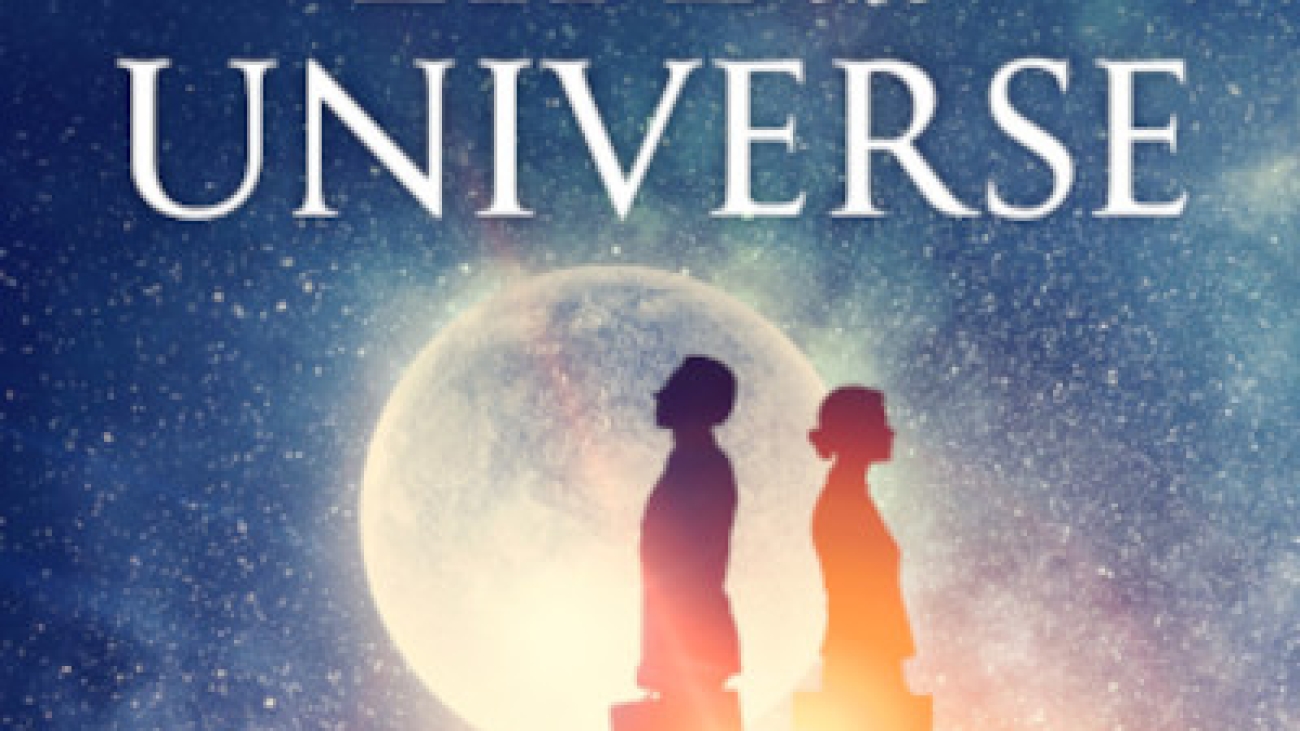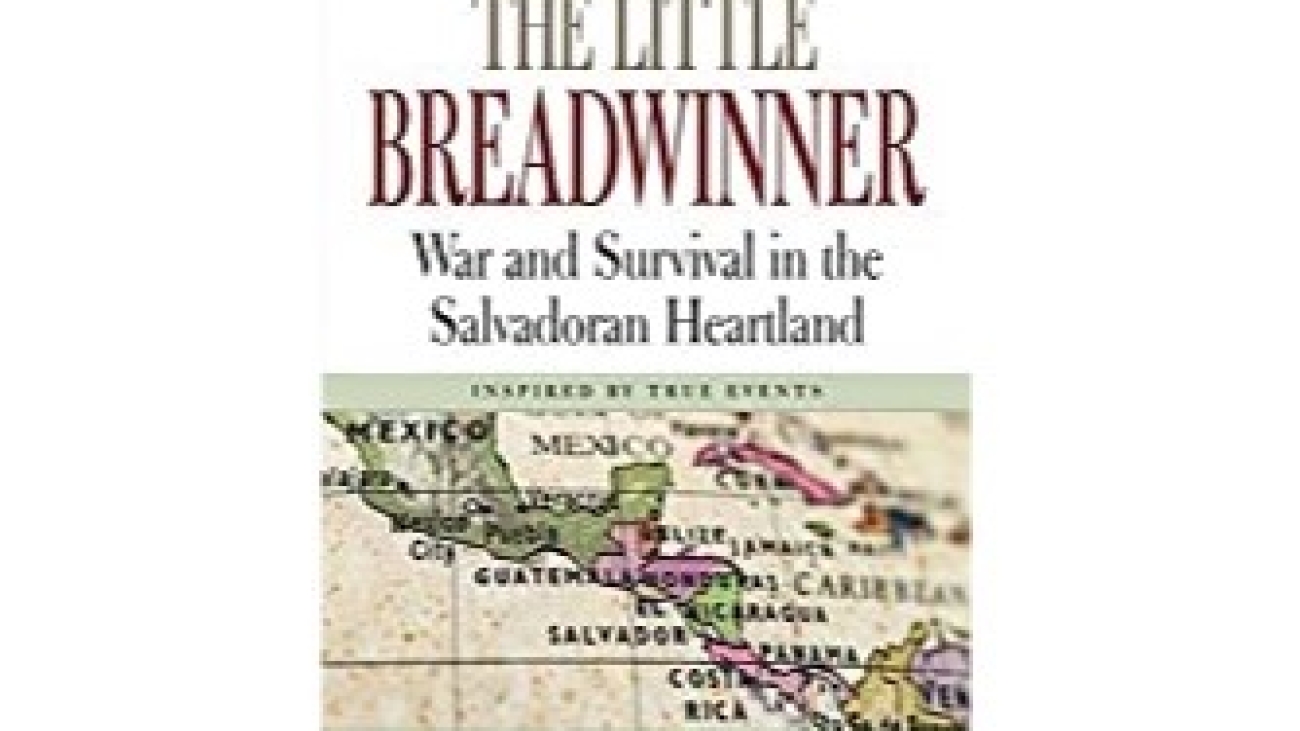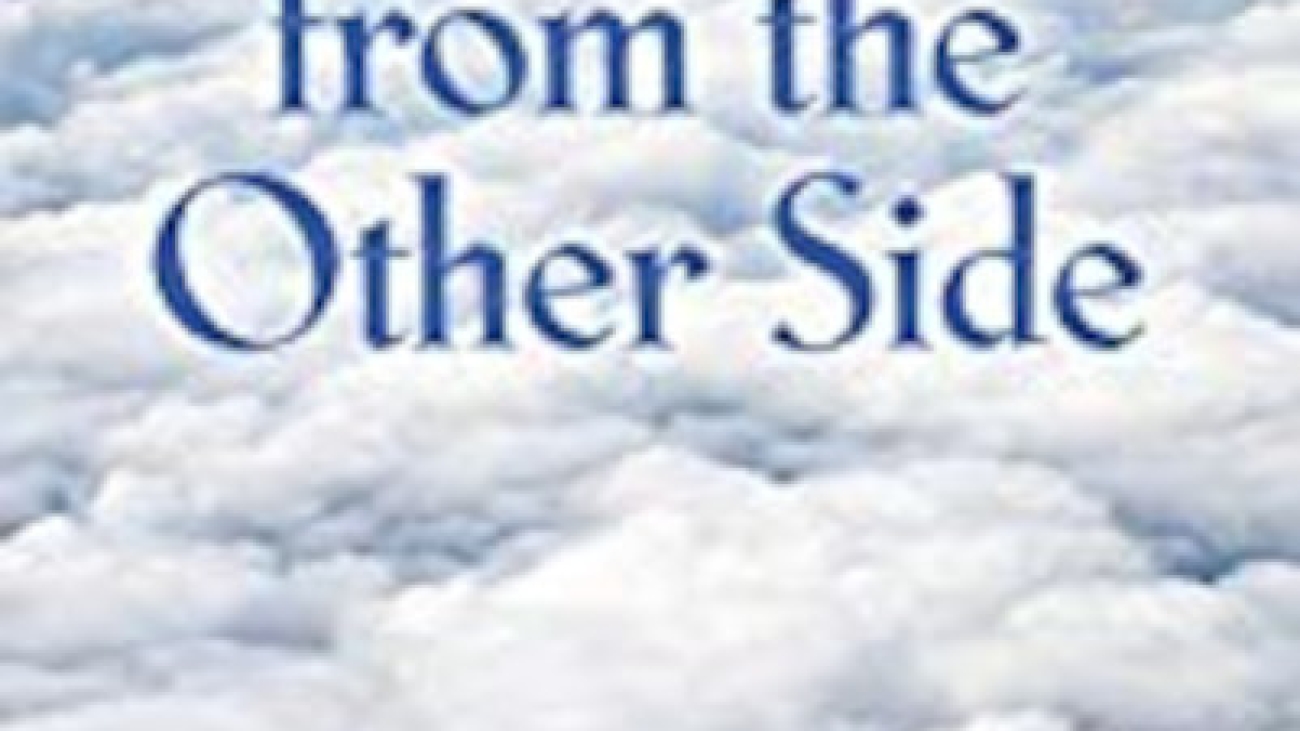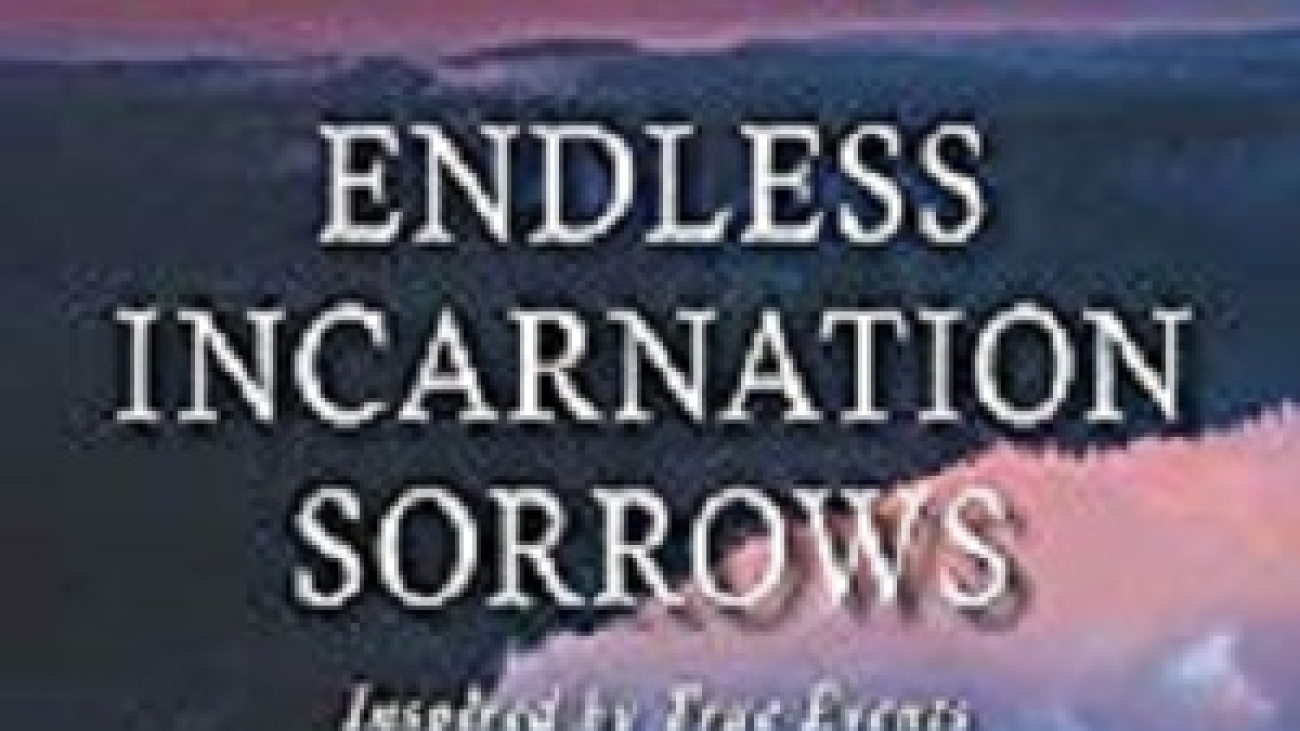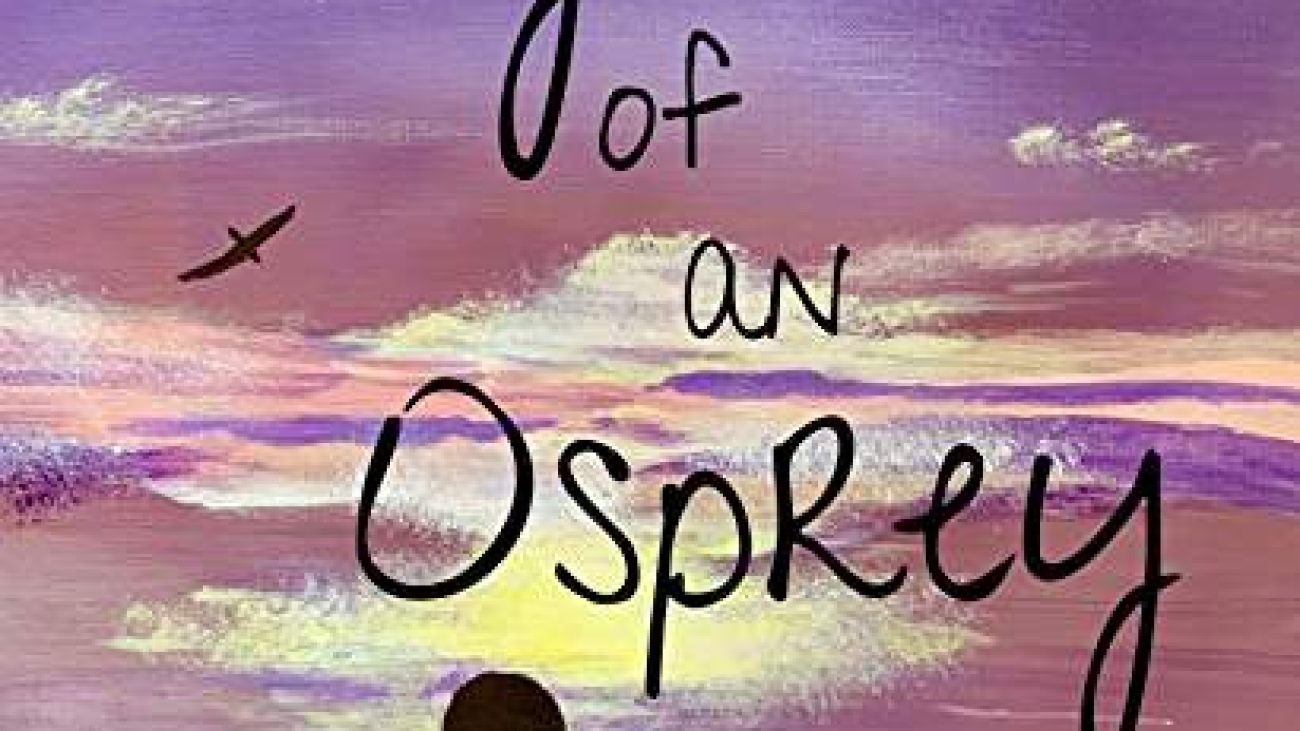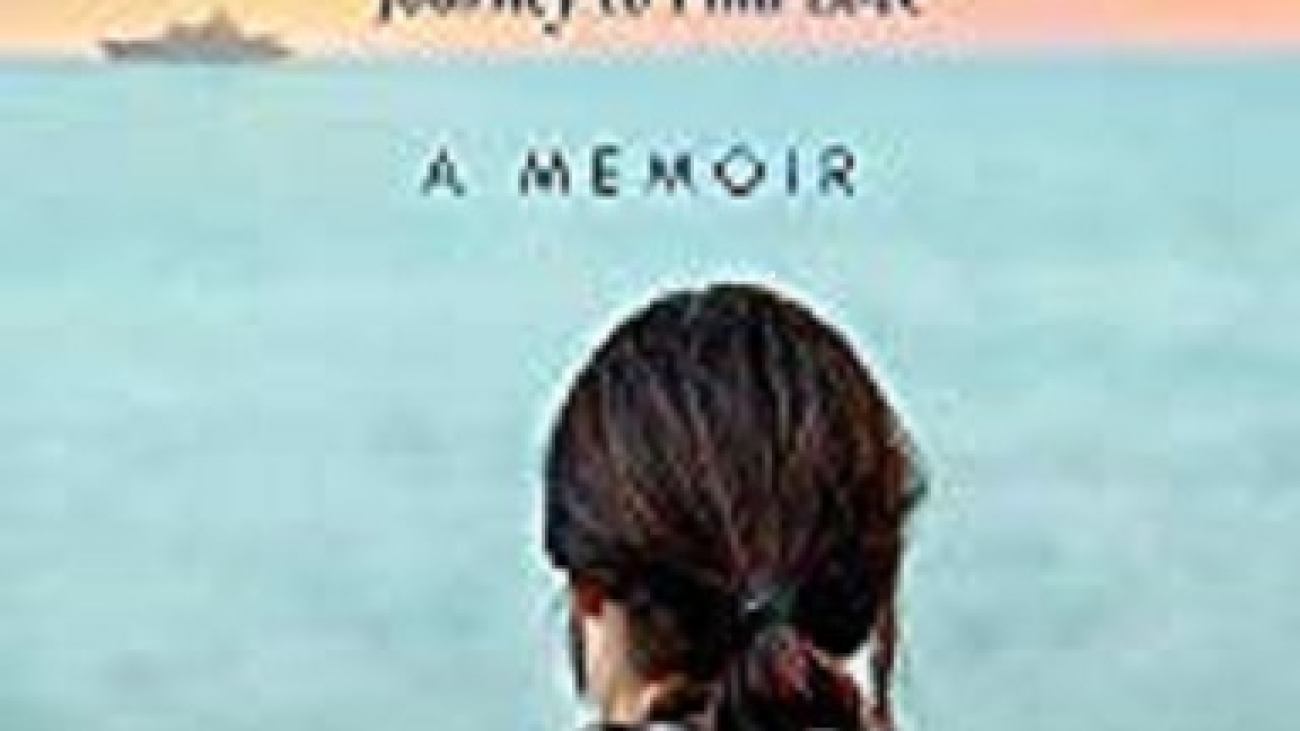Reviewed by Lisa Brown Gilbert
When it comes to New York City, its dynamic environ and multicultural fusion of distinctive inhabitants, author Clifford Browder focuses his keen literary eye on his life and experiences as a seasoned resident there, as well as providing glimpses of the eclectic history of the city in his recent work, New Yorkers: A Feisty People Who will Unsettle, Madden, Amuse and Astonish You. Moreover, being no stranger to using the backdrop of New York as a setting for his previously published books, including a series set in nineteenth-century New York, titled Metropolis, author Browder once again provides an intriguing exploration of a very culturally distinctive locale. Purchase Here.
Moreover, this is not your typical cut and dry biography, providing dry facts; instead, the read is a heartfelt memoir of a man and the city he lives, loves, survives and works in. The narrative keeps you rapt in its pages with a winning combination of information gleaned from Mr. Browder’s unique standpoint, research, and experiences from his many years as a resident. Consequently, author Browder does well with transfixing the mental eye with descriptions of his life as a longtime resident, including historical glimpses and insider tidbits of the better-known aspects of New York as well as the lesser-known and even the obscure.
Providing a narrative which flows well, as Author Clifford Browder employs a friendly, authentically knowledgeable tone, within which he gives literate life to a multilayered perspective of New York, through his work in this book. In no particular chronological order, the text is divided into five parts with each section bringing into focus an intriguing variety of elements.
Firstly, Part one includes topics covering looks into the many people, languages, the hustlers, scavengers and the rich. Next, Part 2 looks at how New Yorkers live with chapters including Fun, Booze, Smells, and Graffiti just to name a few. However, also included within this section is my favorite chapter #16, Are New Yorkers Rude? I think author Browder explored this question in fine style. Consecutively, Part 4 covers some of the more iconic locales including Broadway, Fifth Avenue, The Bowery, Wall Street and 14th street. Part four continues with a tour of some of the museums, statues as well as an obscure but interest-piquing, whiskey-tasting cemetery. Followed by Part 5 which delves into some of the past history of New York, providing the insightful histories of both the good and the bad.
Overall, I enjoyed reading New Yorkers. Author Clifford Browder gave a fascinating insiders tour of New York. Part biography, part historical dive and part travel guide, this work offers a tantalizing vision of an exciting city overflowing with diversity in all respects. This was a worthwhile read which I do recommend. However, as a fellow New Yorker, I experienced some turbulent emotions while reading this book particularly with the advent of Coronavirus and the current lockdown in NY and all those wonderful people locked inside of their homes because of a virus. My heart and prayers go out to my family and friends as well as the author, his family and all other New Yorkers-God Bless Us All.


